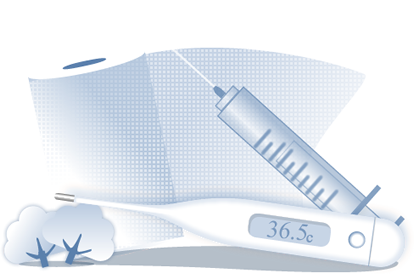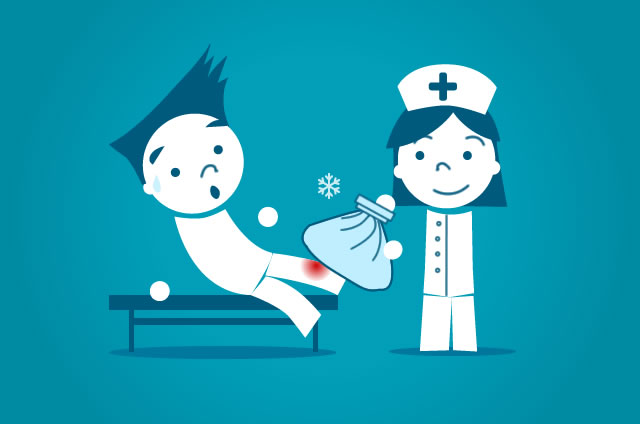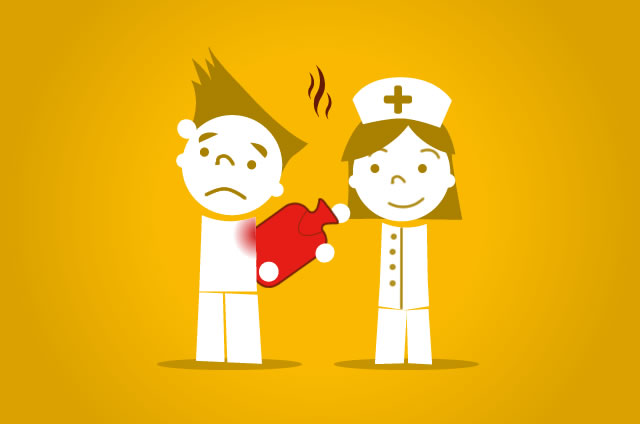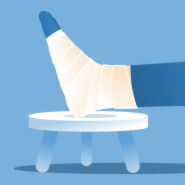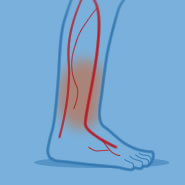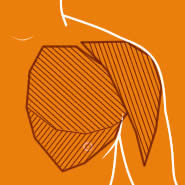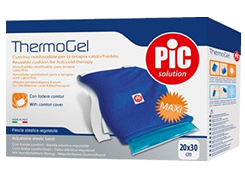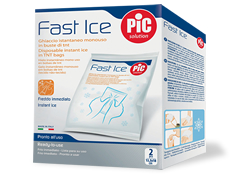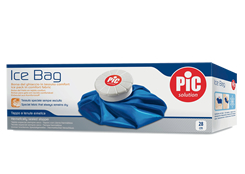
Is heat or cold the best first aid treatment for pain?
Have you just an orthopedic procedure or finished a tough training session? Are you in pain? Cold and heat therapy are there to help you get past the first stage before you can make it to the doctor. Here are some practical tips so you'll know whether to use heat or cold therapy, as it will depend on the type of injury you've had.
Apply ice to a sprain within 30 minutes
Do you have a bruise or a sprain? Then cold therapy is what you need: it constricts the blood vessels, reducing blood flow in the injury area. Cold therapy will then try to stop the onset of swelling. Keep in mind that you'll have to apply ice within 30 minutes of sustaining the injury.
Cold therapy is ideal for after operations
If you've recently had to have an orthopedic procedure, cold therapy is your greatest ally, as it will help you to reduce the pain. Remember that you can rely on ice every day until your issue is resolved.
Use ice for tendinitis
Do your tendons hurt when you walk? That's not a good sign, but in this case too, ice therapy will be really useful, thanks to its well-known pain-relieving and anti-inflammatory action. The power of cold is very effective specifically when treating tendinitis, even at the most severe stage.
Cold therapy is also good for rheumatism
Do you suffer from rheumatism? If you apply ice to the painful area, the inflammation symptoms will reduce somewhat. But don't forget that in such cases cold therapy isn't enough: it's just a provisional solution while you're waiting for a visit from your doctor.
Once the pain is gone, use heat therapy
If the bang you had has stopped hurting, it means it's time to resort to heat therapy, which is specifically recommended for promoting and speeding up the healing of tissue involved in bruising, sprains, bursitis, and pulled or strained muscles. There's one rule you need to follow: don't apply heat immediately after the injury - that's when cold therapy comes into play.
Heat therapy after training sessions
How exhausting! You've just finished a tough workout and you're shattered. That's when heat therapy will come to the rescue, helping to alleviate the spasms caused by muscle fatigue. That's because the great power of heat has a relaxing effect and encourages the elimination of the lactic acid which has collected in your muscles.

